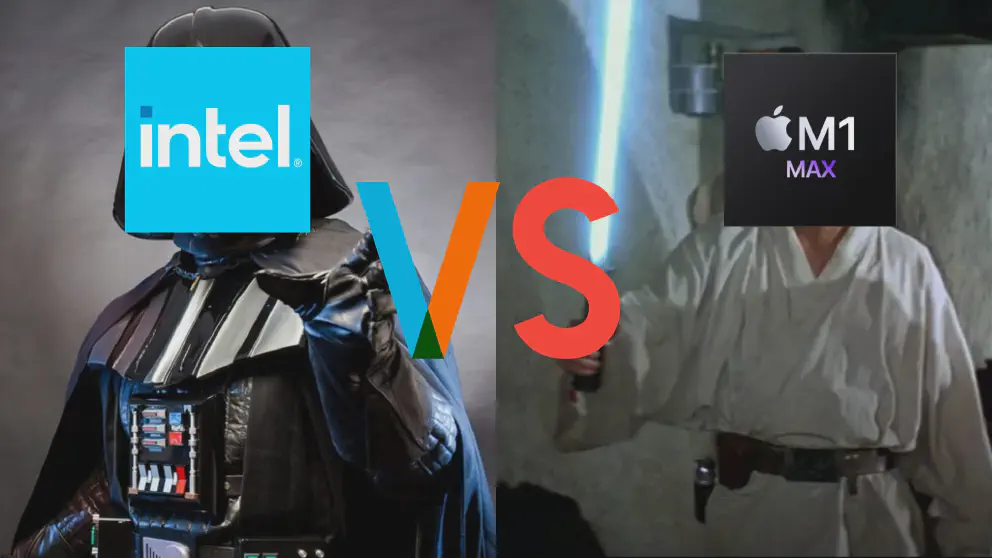In a market system where there is healthy and equal competition, the consumer in the end would benefit from the innovation that is forced upon the producers to win and maintain market share. In the case of Intel, the company has been in a dominant position for quite some time and in the end, their product line stagnated and competitors caught up with their innovation. First came AMD with their Rayzen and Epyc line of CPUs. Then came Apple with their mobile and later, Apple Silicon offerings. The M1, the first of Apple Silicon, captures the imagination of what is possible. Intel, reeling from the mismanagement, production problems and uncompetitive product seems to be taking a hit.
Today, the empire strikes back. Intel comes out with the latest generation of consumer chip, the 12th generation Core chip. The chip is a completely new design and has design features that it has learn from the competition. In a recent interview, Intel CEO, Patrick P. Gelsinger, has once said that he hopes to win Apple back as a customer one day. Is this the first step for Intel to redeem itself in the eyes of Apple?
M1 Series: From Base to Ultra
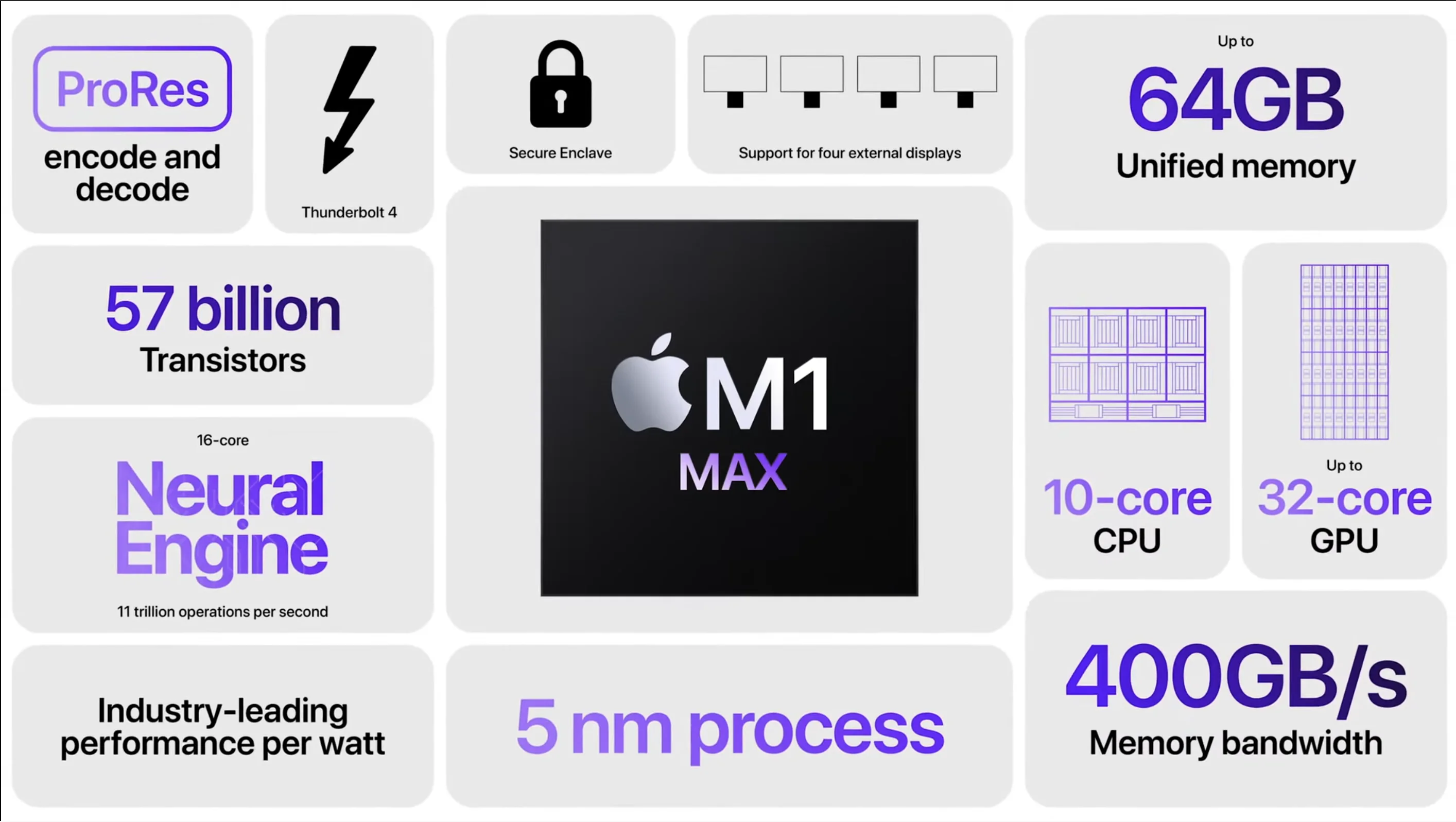
For an in depth view of the new M1 Pro and M1 Max SOCs, please read here; We also make a more detailed view of the new M1 Ultra against Intel i9-12900K which can be viewed here
A little back story: Apple first announced that they are moving away from Intel to their own solution called Apple Silicon in WWDC 2020 (Jun 2020). The first product was launched in November 2020 and debuted the M1 SOC. The first M1 SOCs cover the popular consumer Macs namely the Mac Mini, the MacBook Air and the low end MacBook Pro. It blew people’s minds away when it actually beat the 10th Gen Core i9 away. Furthermore, the MacBook Air is able to deliver a burst of impressive performance without any fans attached to it. Now, recently in Oct 2021, Apple unveiled the updated MacBook Pro with two new SOCs: M1 Pro and M1 Max which has a beefed up compute cores and a massive graphics array. At launch, it was the most powerful laptop chip in terms of CPU and very competitive as a laptop GPU.
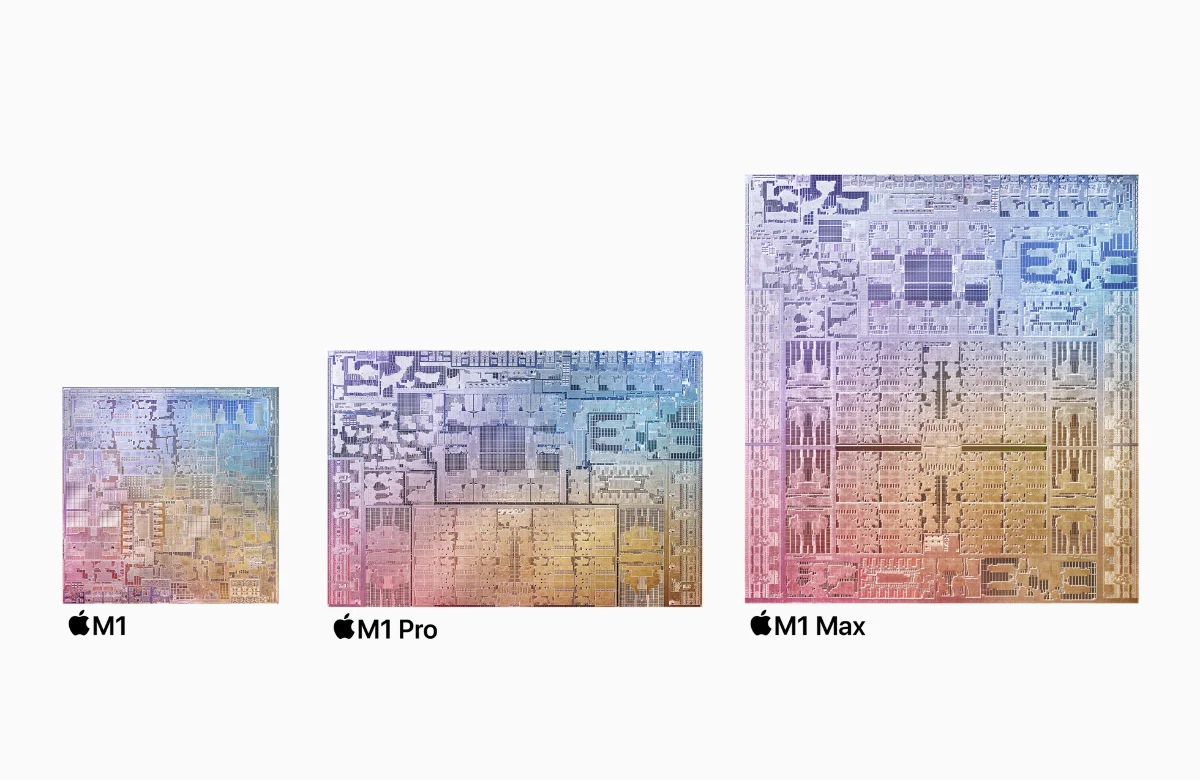
Overall, the M1 Max is a showcase of Apple’s design prowess. 5nm manufacturing process. 32-core GPU that competes with Nvidia best laptop GPU and furthermore, maintains the same performance on battery. It is something that Nvidia could not do at the moment. Neural network core for ML workloads. Media Engine for encoding and decoding H265 and ProRes videos (which itself is a $2,000 option on a Mac Pro). Secret AMX cores to process matrices. 57 billion transistors which is quite massive since the 64-core AMD Threadripper 3990x has “only” 3.8 billion transistors.
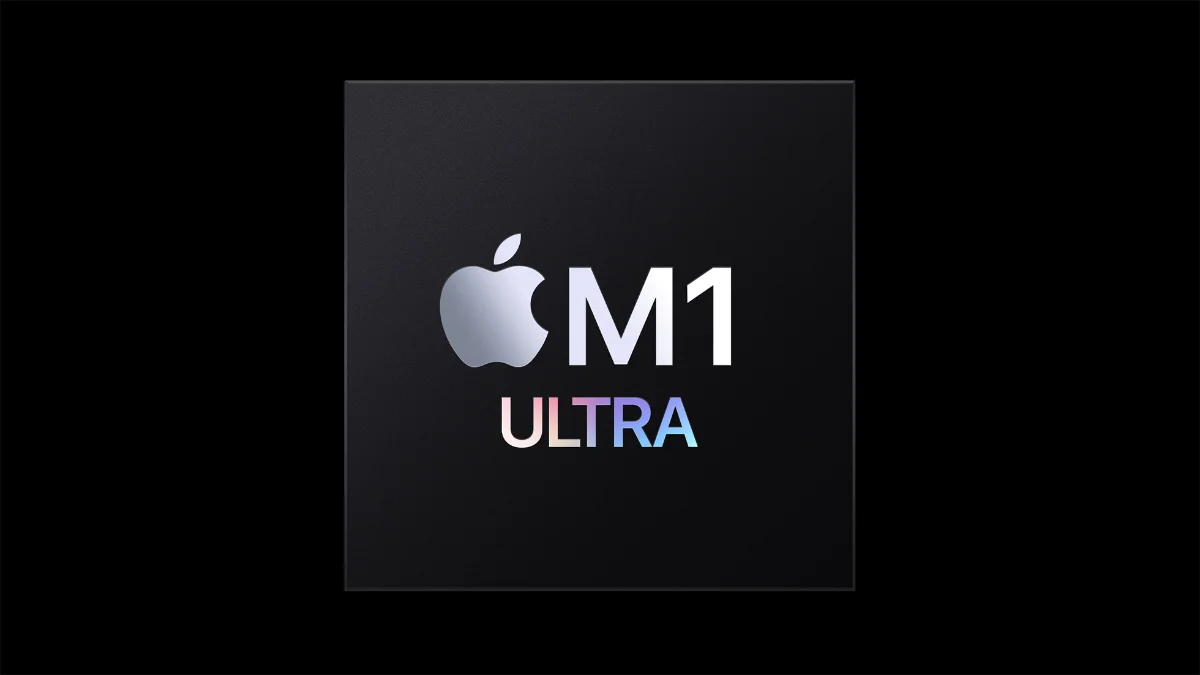
While the M1 Max is Apple showcase for the laptop, the M1 Ultra is a whole other level. This desktop-focus SOC from Apple is basically two M1 Maxes combined into a single large SOC. The chip to chip interconnect is called UltraFusion and with around 2.5TB/s bandwidth with each M1 Max, the entire SOC die can act as a single large SOC die instead of two smaller M1 Max. This allows apps to take advantage of the larger die instead to be programmatically aware of having dual chips. The results is a SOC with a very impressive numbers: 20 compute cores, 32 neural cores, a whopping 64 graphic cores, 128 GB RAM support, RAM bandwidth is up to 800 MB/s, 4 neural engine which enables to handle up to 16 8K ProRes 422 streams in Final Cut Pro and much more I/O bandwidth can even possible.
And the funny thing, this might not be the final form of the M1 series. There’s still the Mac Pro that Apple needs to replace and rumor has it that the SOC that will run the Mac Pro will be even more powerful.
Intel Alder Lake
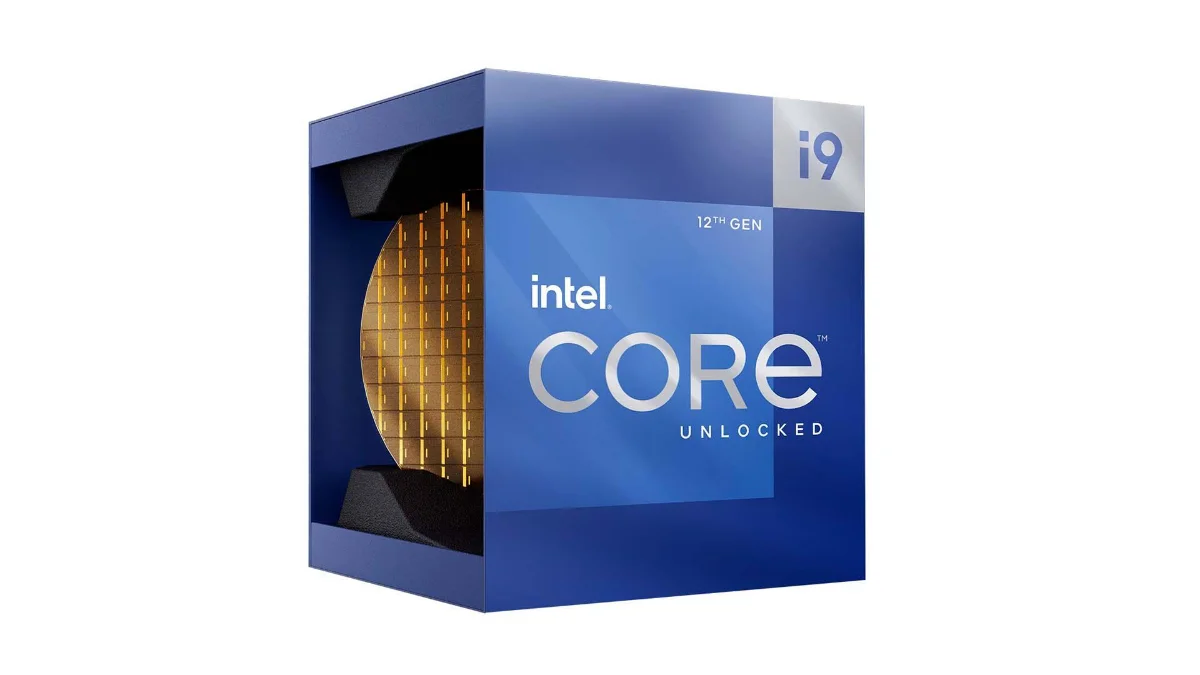
Intel’s 12th generation Core CPUs codename Alder Lake is Intel’s latest weapon in maintaining the dominance it had on the CPU market. It is a completely new architecture and shows that Intel has redesigned a core product in response to market conditions. The new CPU is built on Intel 7, a new manufacturing nomenclature that Intel says reflects more accurately on market definitions. In real terms, it’s an updated version of the 10nm process, more like 10nm+ in Intel’s previous nomenclature.
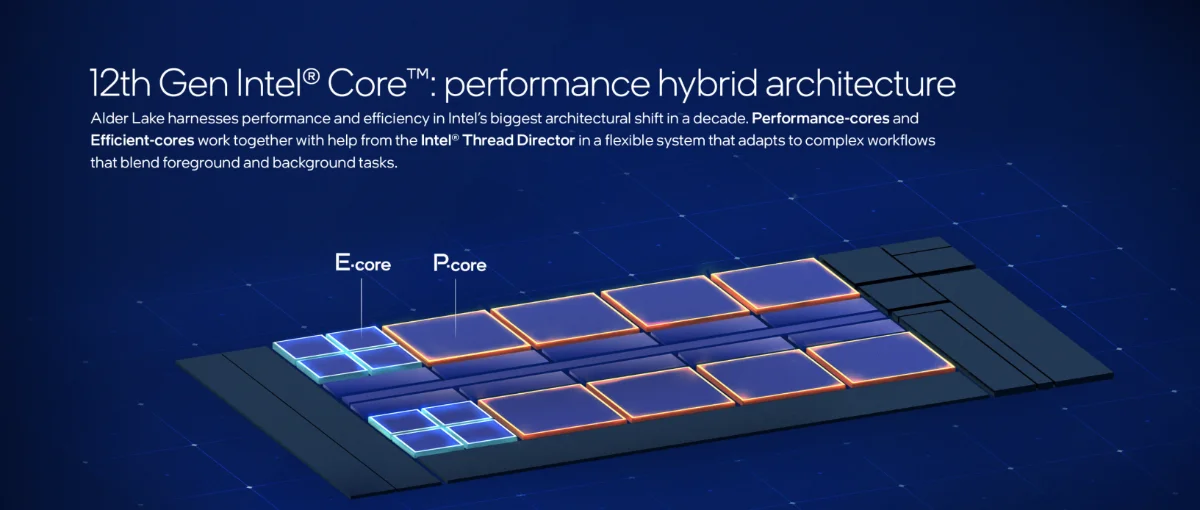
A major feature of the new architecture is that it is Intel’s first design to follow the big.LITTLE pattern that has been a staple in phone SOCs. In the top of the line CPU, the i9-12900K, there are 8 performance (P-cores) and 8 efficiency (E-cores) cores. The P-cores have a multi threading and beefier version of the E-cores. The E-cores can only process a single thread at a time, but Intel claims that the E-cores itself is more powerful than the SkyLake cores last seen in 9th generation Core.
The best mobile chip from Intel is the i9-12900HK, replacing the 11th generation i9-11900HK. The new chip features 6 performance cores and 8 efficiency cores which allows the chip to process 20 threads at once. The base power is around 45 W but there’s a turbo option to bump the power usage to 115 W which cranks up the clock speed up to 5 GHz. Internal graphic is powered by Intel’s new Xe graphic cores, but let’s be honest, it’s nothing compared to what Apple put in the M1 Max. So in a typical desktop replacement laptop, PC manufacturers will turn to Nvidia or AMD to put a discrete graphic solution to bump the graphic performance.
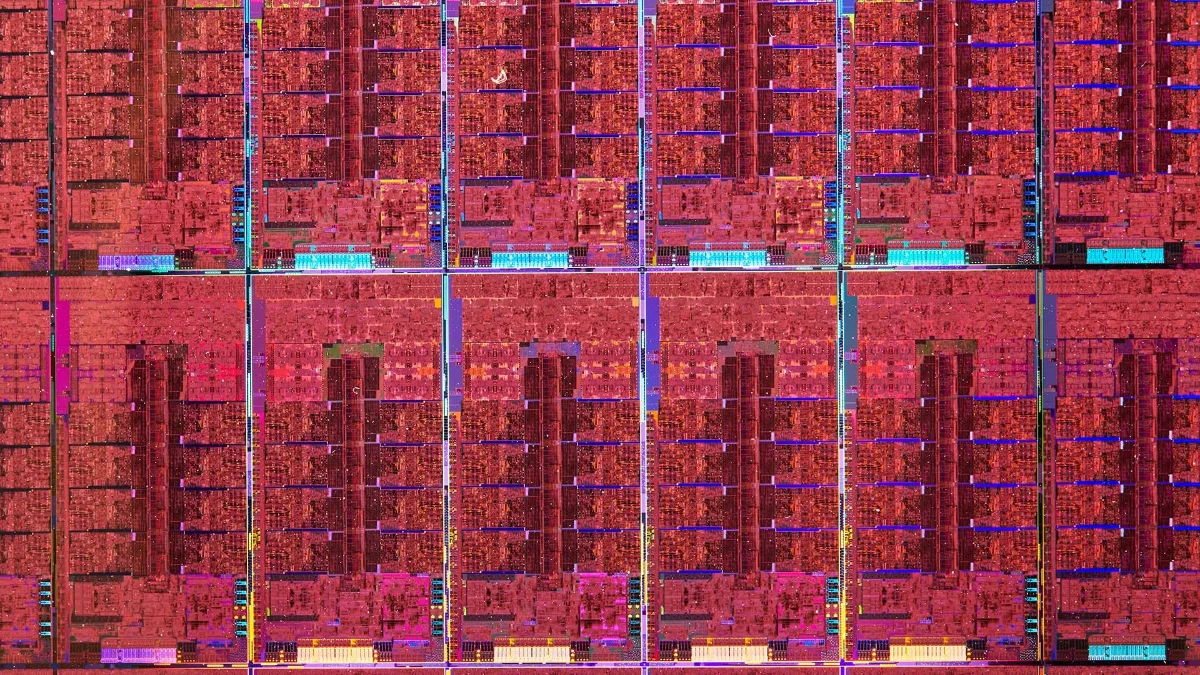
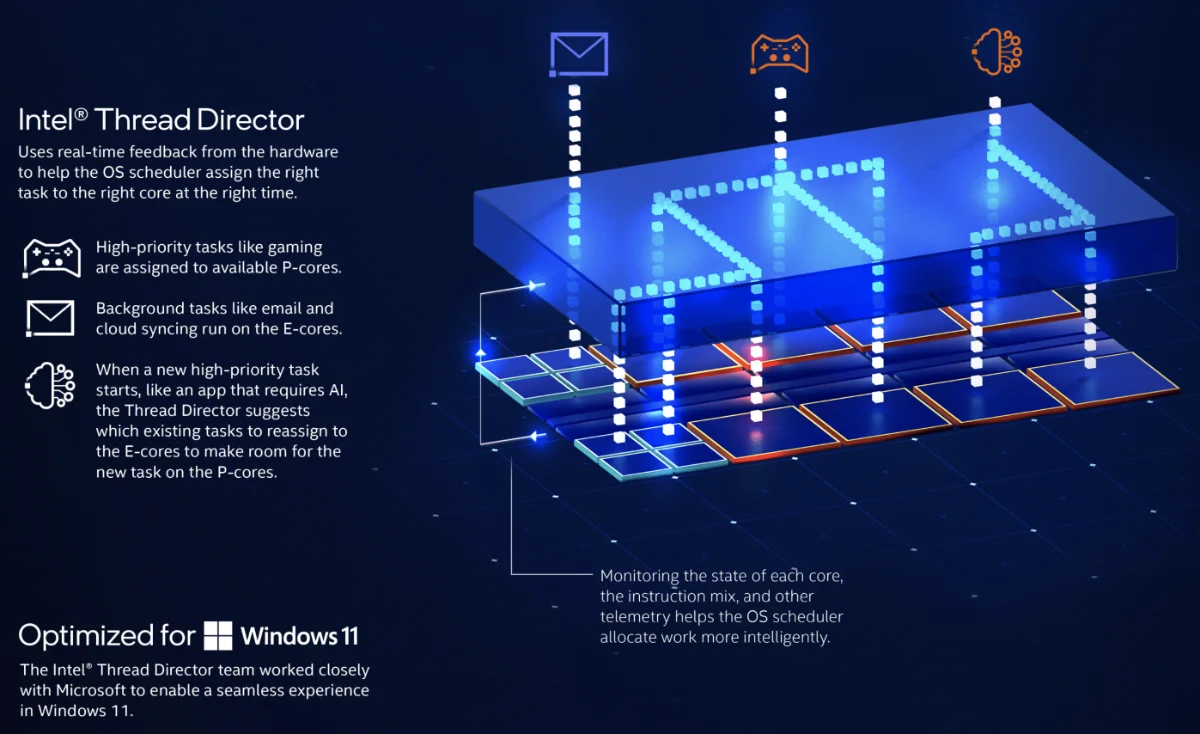
In order to get the maximum performance from the chip, Intel introduced a new feature called Intel Thread Director, which tells the Operating System (OS) which cores to use. The idea is that you don’t want to send a high-intensity gaming program to an E-core while pushing your email jobs to a P-core. Intel Thread Director helps the OS to be aware of such setup and tells the scheduler which job is appropriate for which cores. However, the feature only works in Windows 11. No word yet on Linux or even Windows 10 support at this moment.
Other upgrades on the CPU is that it now supports DDR5 which has a faster memory bus than DDR4. It only has 2 memory channels compared to M1 Pro’s 4 or even M1 Max 8. Other upgrades include PCIe 4.0 support, Wi-Fi 6 support amongst other things.
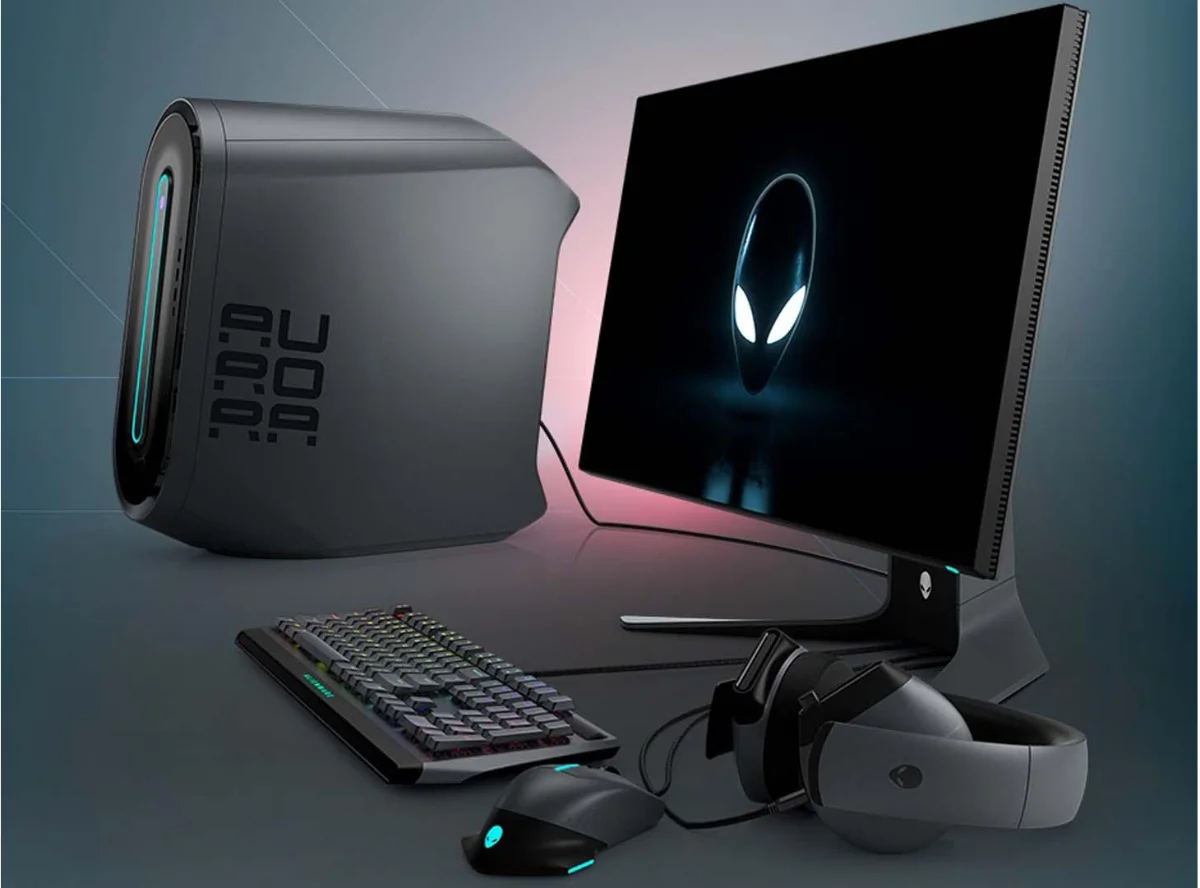
One way to bump up the performance of a CPU is to bump up the power that goes into a chip. And Intel did just that, majorly. Now there are two power ratings for the chip: base power and maximum turbo power. The base power is the nominal power rating for the chip; when it is not doing something extraordinarily heavy. The maximum turbo power is when the CPU spins up its clock speed to achieve its maximum performance. In the case of Intel’s i9-12900K, the base clock speed for the performance core is 3.20 Ghz and it can boost itself to 5.10 Ghz or 5.20 Ghz in short bursts. Efficient cores clock speed is set at 2.4 Ghz and 3.9 Ghz respectively. Doing such tricks increase the power rating from a base of 125W to an insane 241W at maximum turbo power. For comparison the M1 Max goes to 30W for CPU and up to 140W for the entire SOC which includes a graphics core.
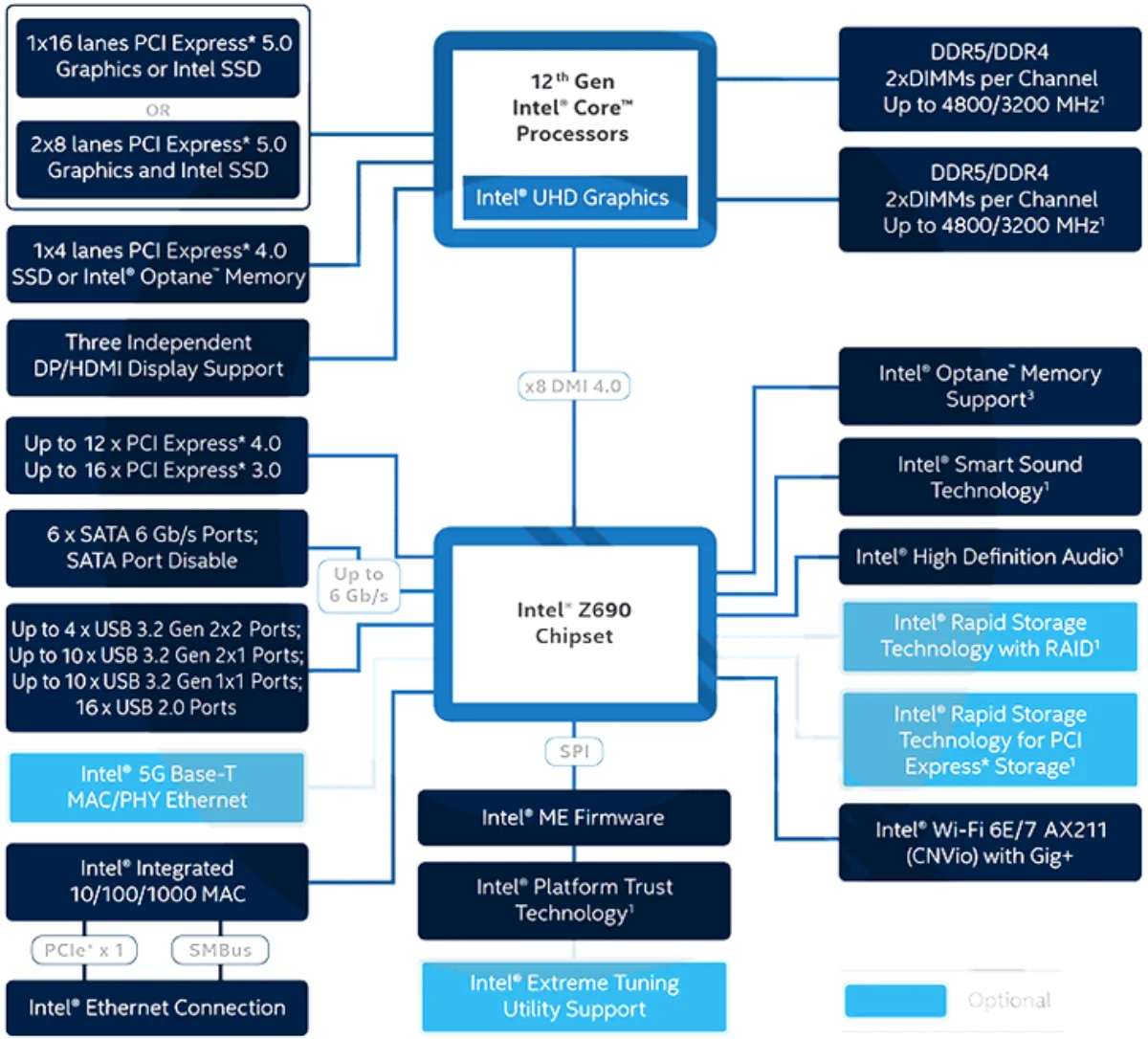
Benchmarks
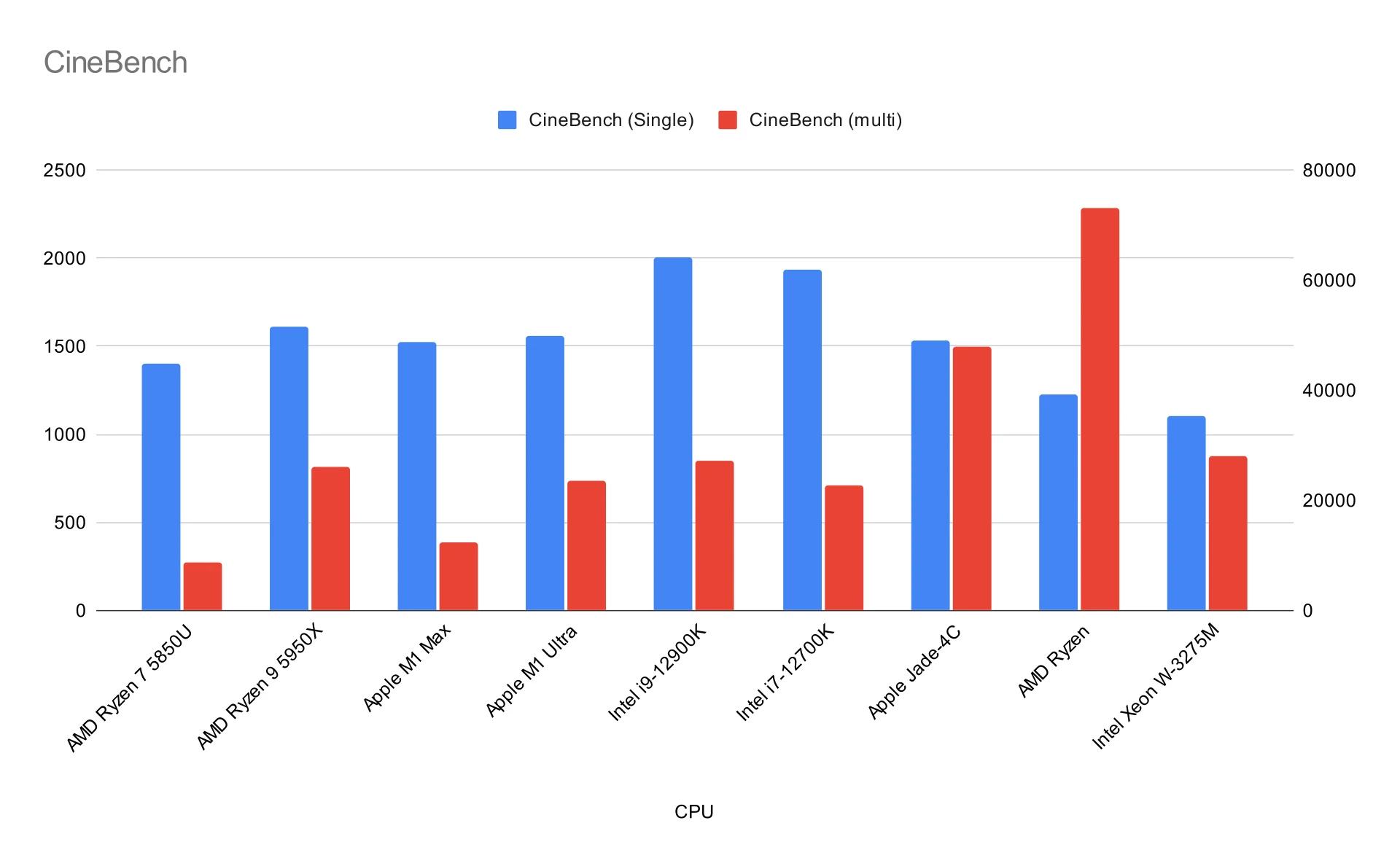
A completely new architecture, which looks like a clean sheet design, upgraded memory interface, and a power boost to boot, the latest Intel core CPU crushed Apple’s best offering except in integrated GPU benchmark, which is expected since PC desktop builds are rarely without a discrete GPU in tow.
Feel sorry for Apple for holding the performance crown for barely 10 days, but here’s some underlying analysis: Apple achieved its performance around 2 to 3 times more efficiently than Intel’s. It’s pretty important since you need to have adequate cooling to achieve Intel’s full potential. A prominent YouTuber by the name of Dave2D remarked that the new Alienware Aurora that is launched together with the new Intel chips and also appears in Intel’s marketing literature does not have adequate cooling. The result is that in working with apps like video editor DaVinci Resolve (which most YouTubers love to do), that it choked on certain jobs. Apparently Alienware did not anticipate how much cooling is needed for Intel’s new chip. Even the YouTuber when doing testing on the new chip has to resort to liquid cooling to get the best out of the chip. So, if you are getting one for yourself, please consider the amount of cooling required.
While benchmarks show the superiority of Intel’s Alder Lake CPUs, real world performance shows a different story. In a battery of tests conducted by YouTuber Matthew Moniz, he shows that for some tasks like video editing, the M1 Pro and M1 Max shows superior performance than a custom built gaming rig.He also show some benchmarks about tests on Blender, but noted that Blender at testing time, was not optimized for Apple Silicon. Doing programming work shows that a 10-core laptop chip can keep up with a 16 core desktop chip. Gaming, as expected, does poorly on the M1 chips. All this to bring home the point that your workflow is the key determination on which chip is best for you. Obviously, the M1 Max despite being a laptop chip is no slouch.
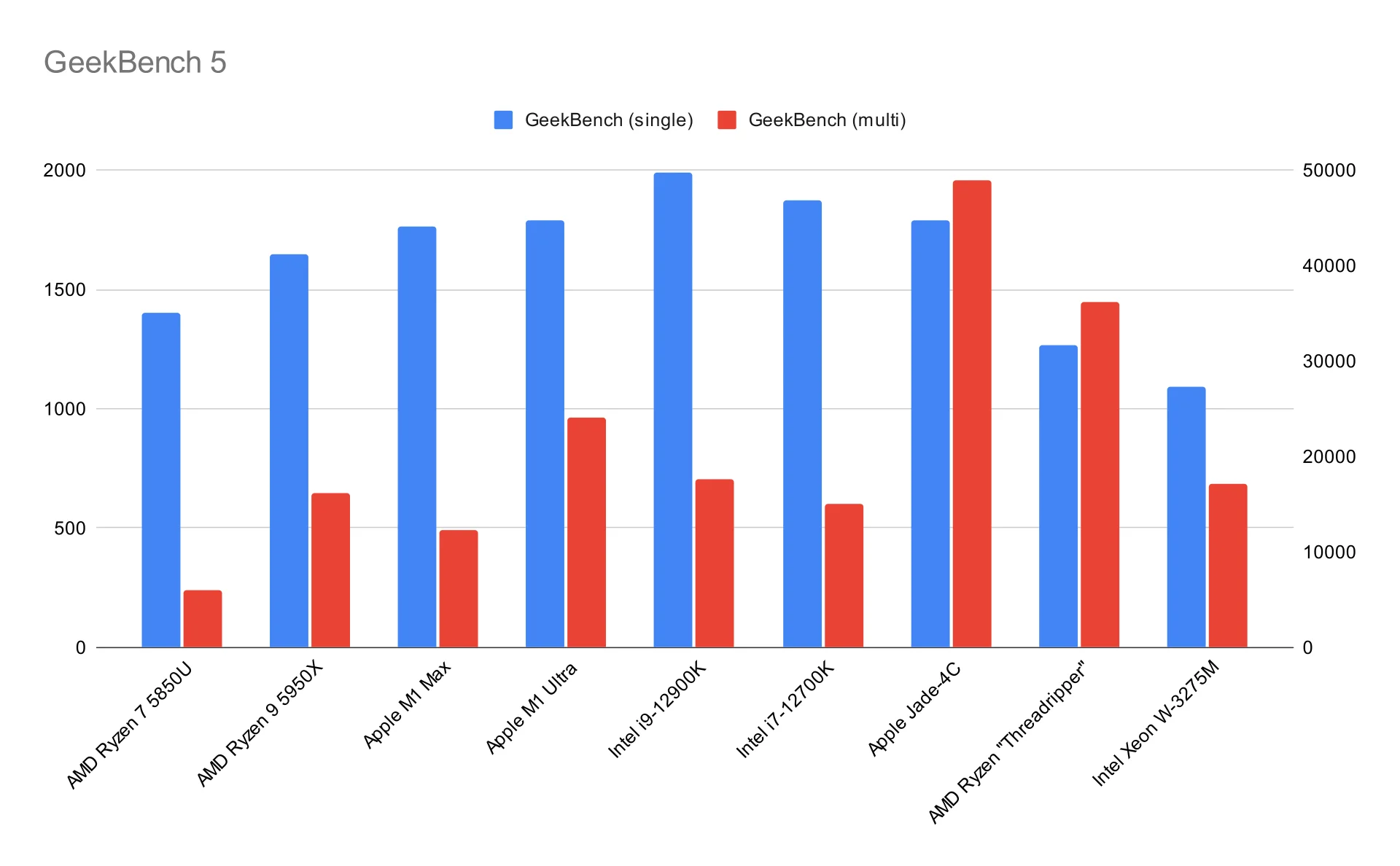
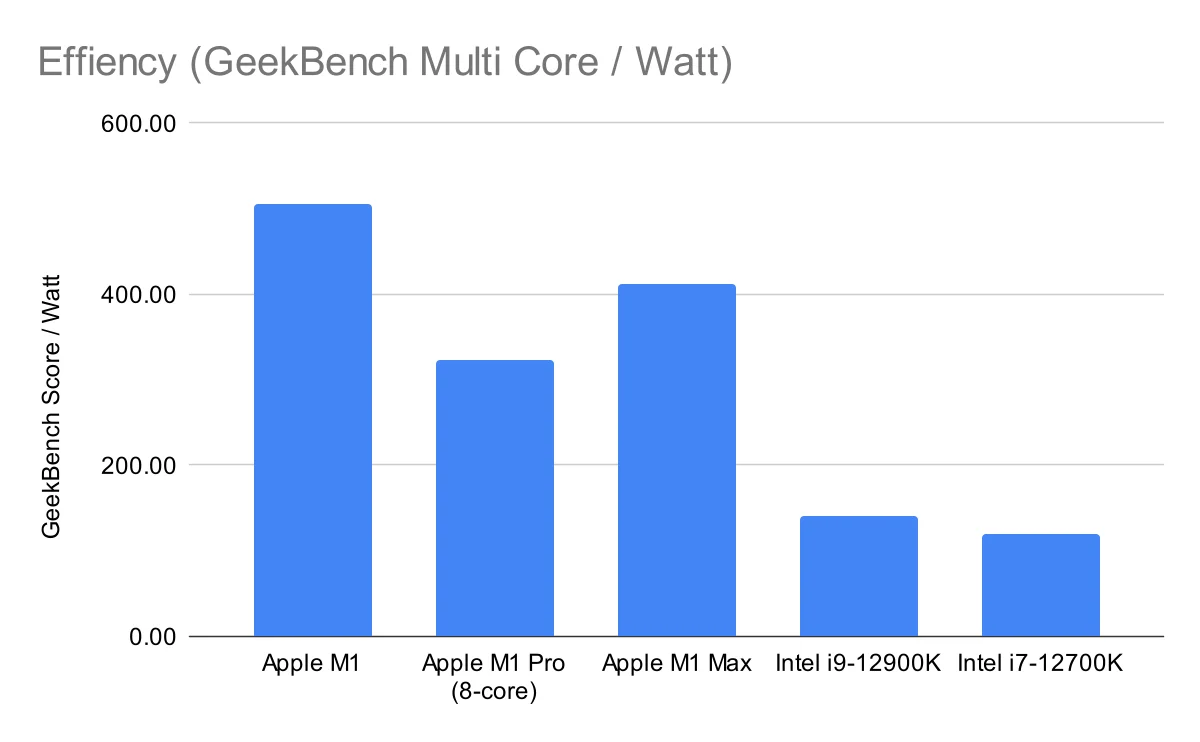
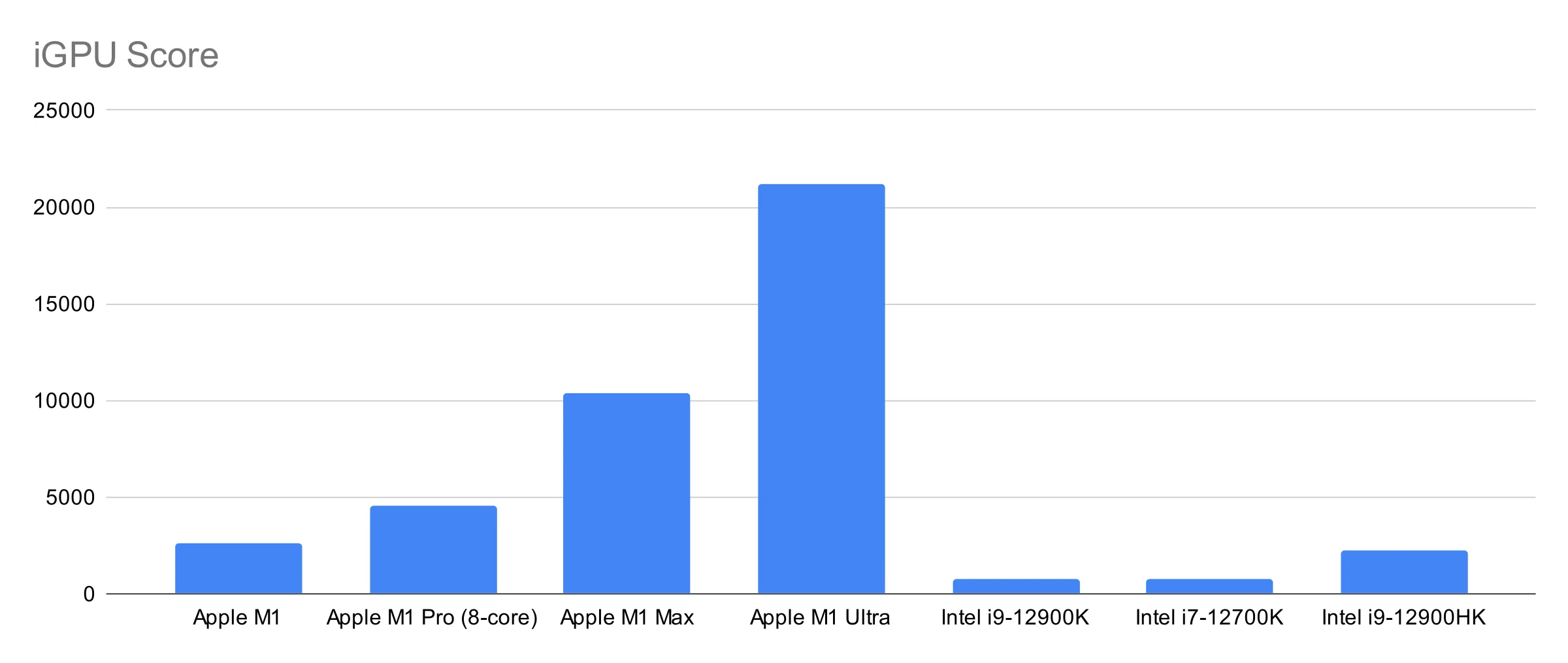
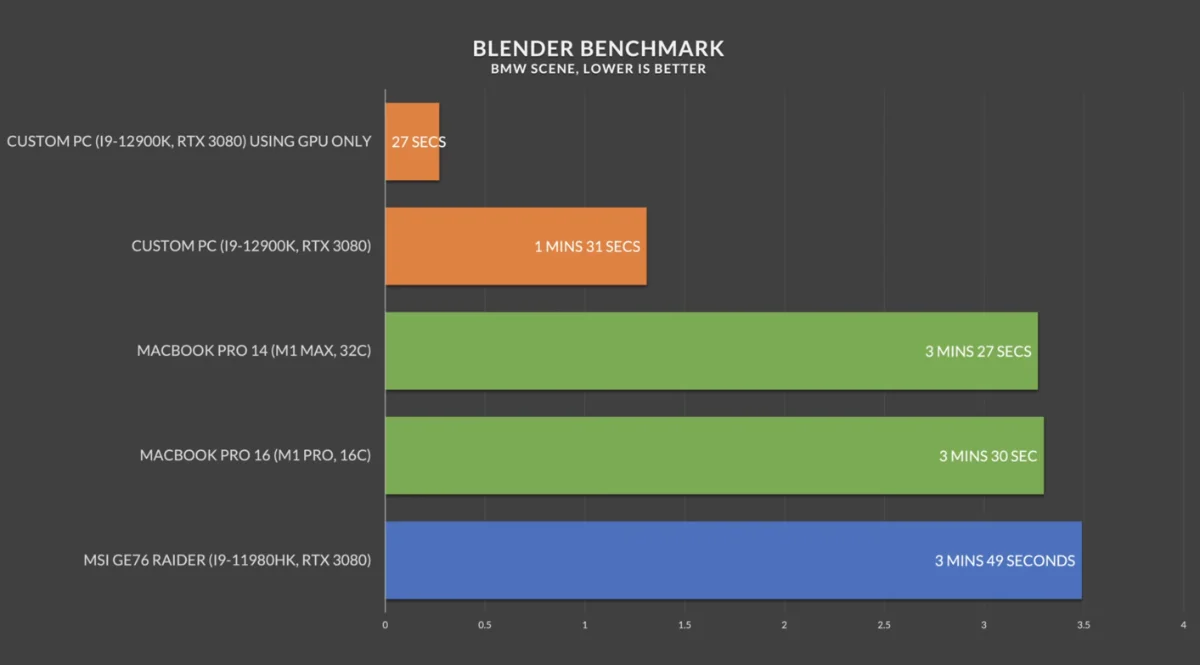
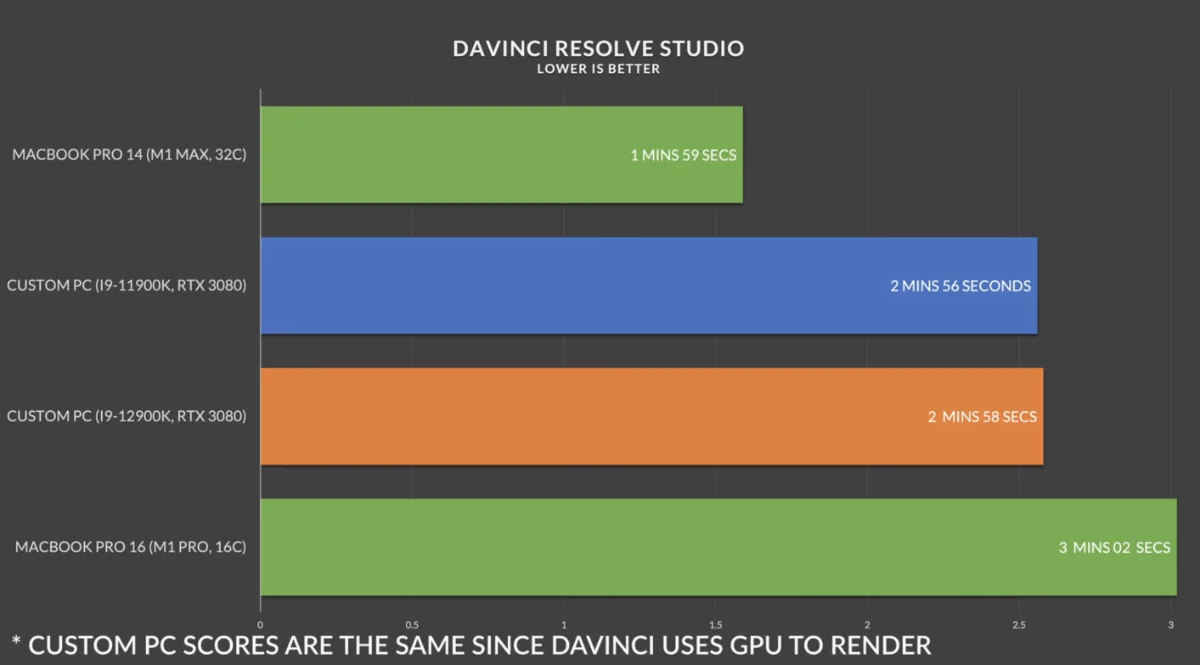
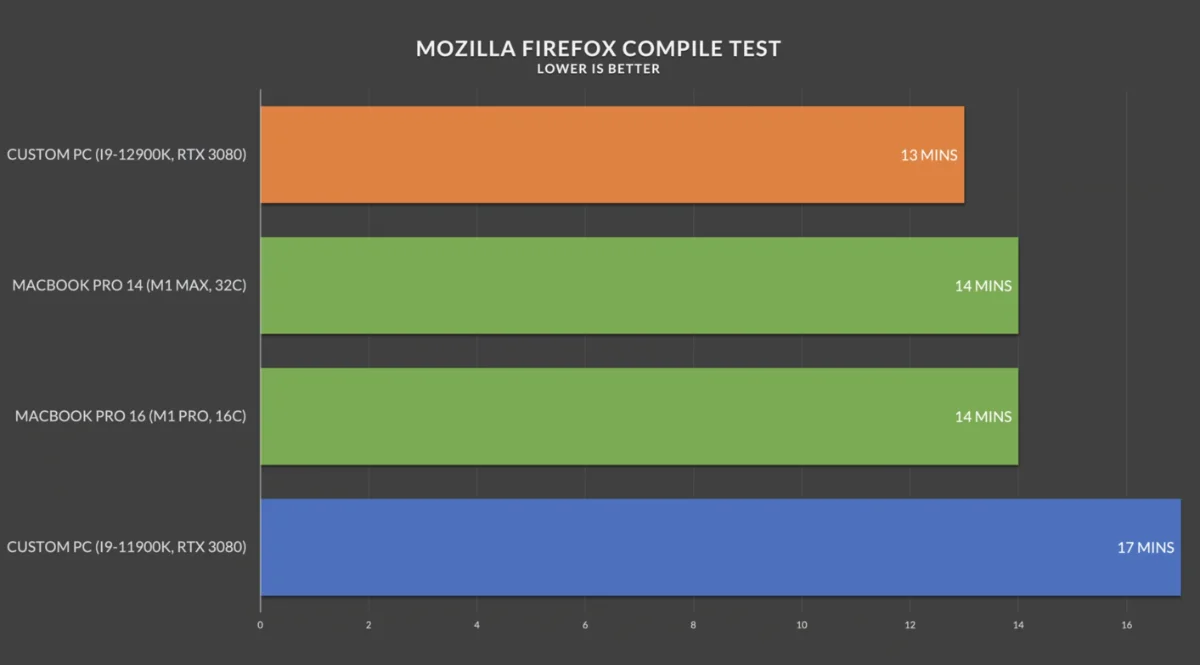
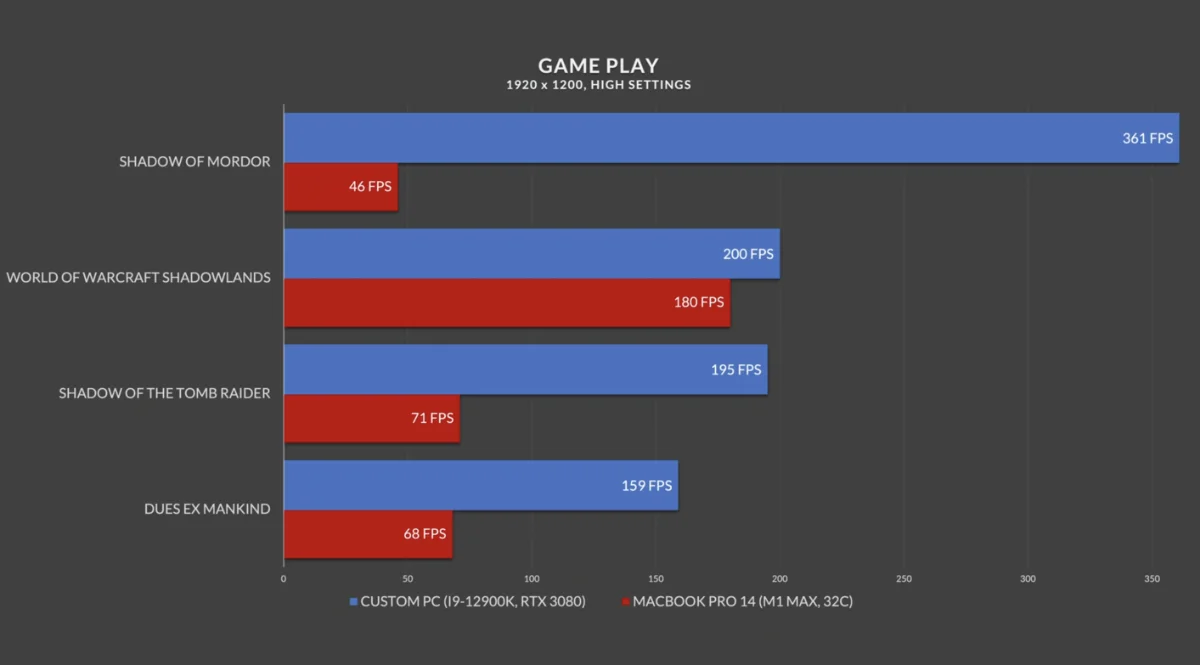
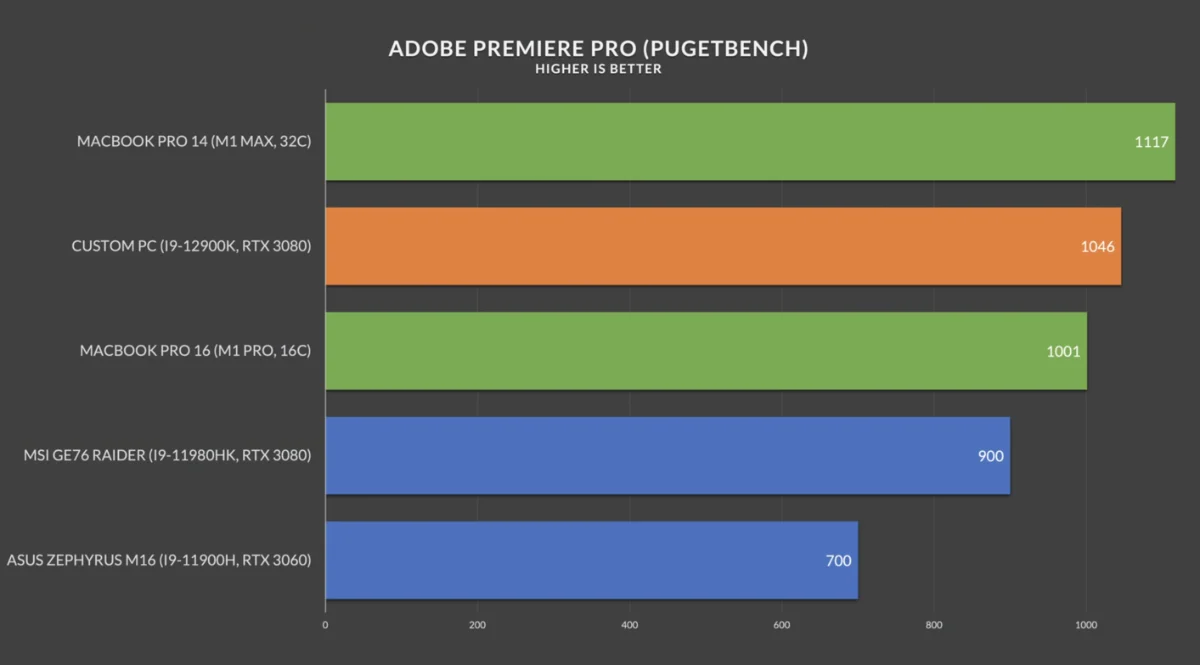
Conclusion
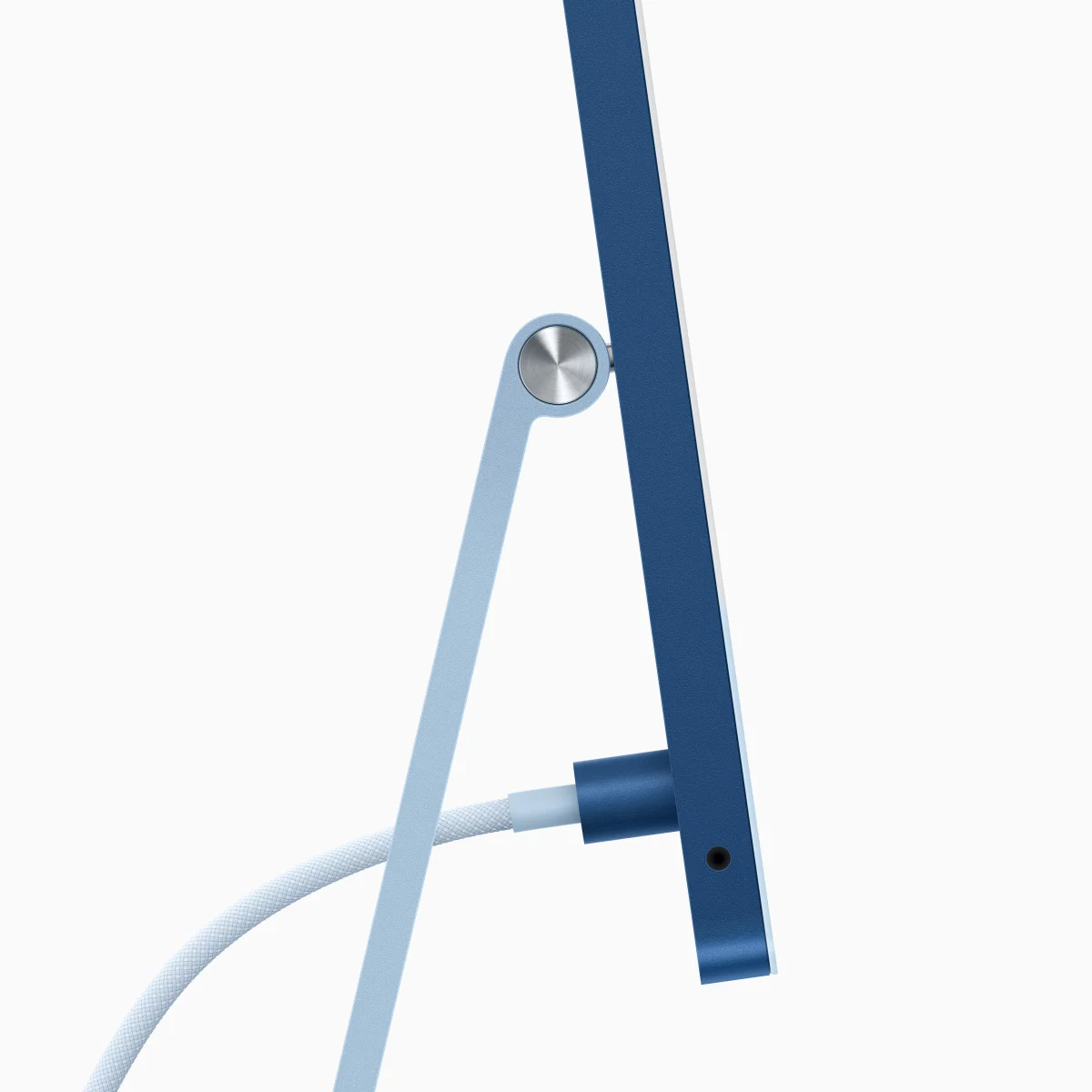
Yes, Intel has finally done it. Competition is good that Intel has bucked up, innovate and finally redesign it’s main product to be competitive like it should be. However, is this good enough for Apple to consider going back to Intel in the future? In a word, no. Let me explain.
Apple-Intel relationship
Firstly, making major architectural changes is a very expensive project with a high probability of failure. Somehow, Apple has done it, three times, successfully, but not without hiccups. For the third time, Apple is very well prepared and it is the smoothest transition ever. So making big changes like moving architecture is not something to be done willy-nilly.
Secondly, there’s a reason why Apple makes these architectural changes. Back in the transition to Intel, Apple had a few issues with what was current then, the PowerPC platform. First and foremost, it does not perform as well as Intel. PowerPC was power hungry (get it?) and performance per watt was abysmal compared to Intel. More importantly, Apple partners, IBM and Motorola, have no heart in the PowerPC project as the PowerPC represents a minuscule amount of business for each of the partners. IBM was transitioning to be a mainframe / service company and Motorola makes more money in telco equipment and services.
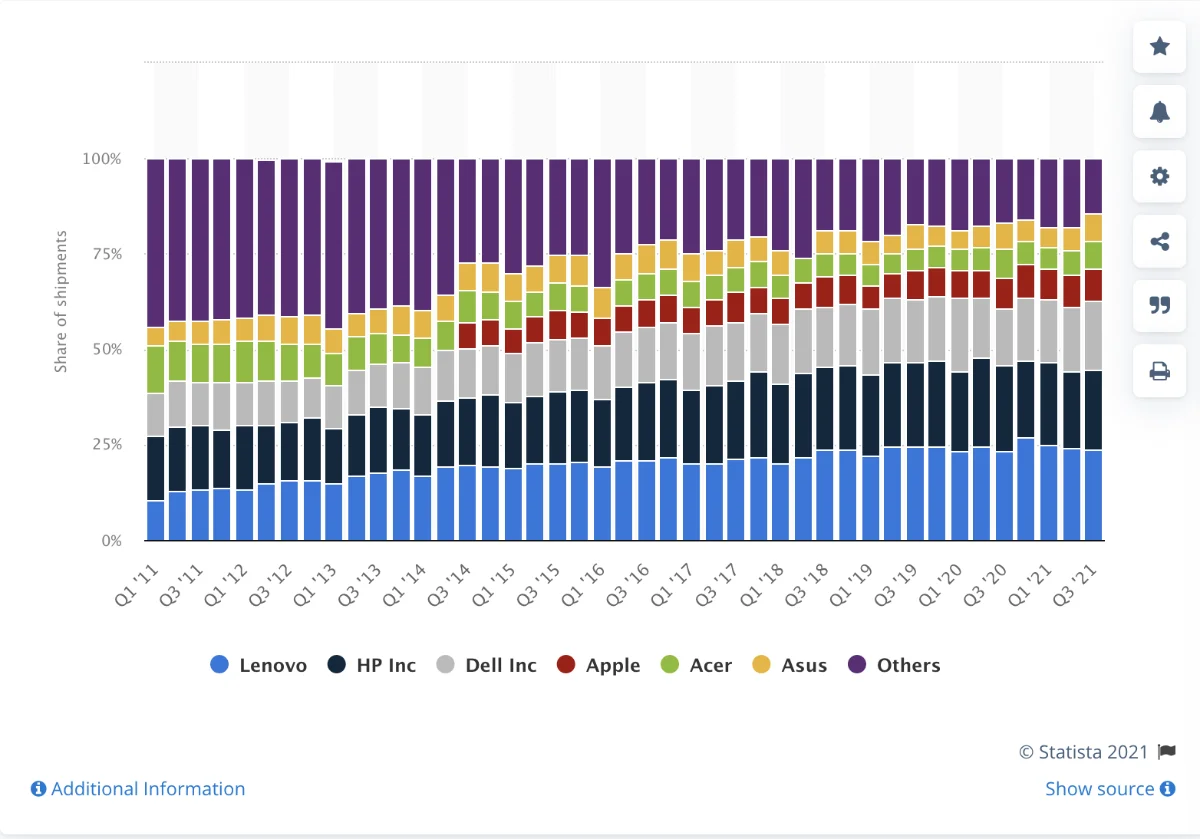
Now Apple is facing the same issues with Intel. Intel’s processor is power hungry and performance per-watt is abysmal compared to Apple’s own A-series SOC. Despite being one of major customers for Intel, Apple is not Intel’s most important customer. That would be the data center chips for the likes of Google, FaceBook, and Amazon and also other PC manufacturers like Lenovo, Dell and HP. Apple’s 5-8% market share in the PC market does not command Intel’s attention. In the end, the Apple-Intel relationship is more like a landlord-tenant relationship.

The final nail in the coffin would be what Apple has learned with the explosive growth of the iPhone and iPad. While building and selling those items individually is great, building an ecosystem is even better. Developing the technical prowess when building your own phone chip and later comms chips like the H2, U1 and W1 chips allows unique experience on your ecosystem, like having all your bluetooth registered on all of your devices after a single pairing.
Apple has a vision for the Mac and asked Intel to develop a chip for its specifications. In the end, Intel did not deliver since Intel first and foremost is a chip merchant and focuses on the most common denominator. Because of the failings of the Apple-Intel relationship, many of the features that Apple wanted did not get built by Intel. That’s why we end up with a T1 and eventually T2 chip for Intel Macs. Apple simply does not get the chip that it wanted from Intel, so the only solution is to come out with its own chip.
Apple’s next moves
Now with the release of Alder Lake, the spotlight is now back on Apple, especially on the high end desktop. First, there is the rumor about Apple’s M1-series that shows Apple’s complete plan. So far the rumor has proven true with the release of M1 Pro and M1 Max. The next step of the plan was to release a dual-die and quad-die version of the M1 Max that will power the ultimate mac: the Mac Pro.
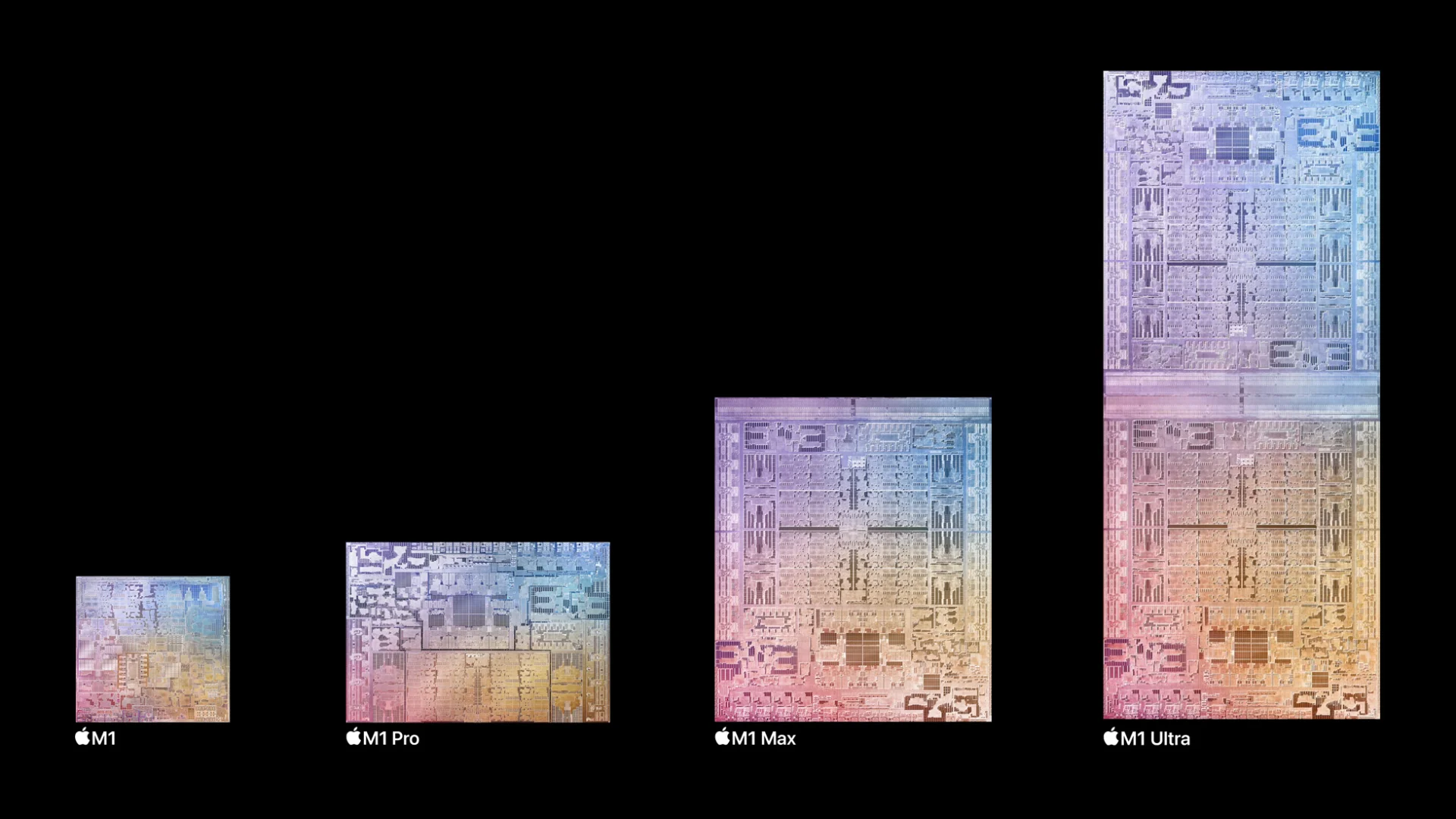
Another rumor suggested that the upcoming 27” iMac replacement will have the exact config as the MacBook Pro. Now Intel has shown that while the M1 Max is a very good laptop chip, the iMac is supposed to have the advantage that the laptop does not: unlimited power supply and theoretically better thermals. So the expectation is set that the iMac should have better cooling and therefore higher performance than a mobile Mac.
So this could point out that the iMac replacement will have a new SOC that is based on a dual die M1 Max, code name Jade-2C, which was meant to be introduced in the Mac Pro. Theoretically having a 60W 20-core M1 Super Max SOC will surely be competitive enough to fight the current crown i9-12900K and have enough headroom for the i9-13900K, the real question would be: is this Apple’s plan all along?
Since the iMac replacement will be out sometime early next year and by this time, the product design should have frozen, it would be interesting to see what would be the next iMac (or even the iMac Pro).
Related

Apple M1 vs Intel i9-12900K: Comparison between M1 Family (base to Ultra) against Intel's best
The M1 Ultra has landed in March 2022 and is Apple's latest attempt to take back the performance crown from Intel and Nvidia. We take stock of how Apple Silicon performs against Intel’s lineup.
Plug
Support this free website by visiting my Amazon affiliate links. Any purchase you make will give me a cut without any extra cost to you
- Mac Mini M1 - Amazon USA / Amazon UK
- iMac 24" M1 - Amazon USA / Amazon UK
- Mac Studio - Amazon USA
- MacBook Air M1 - Amazon USA / Amazon UK
- MacBook Pro 13" M1 - Amazon USA / Amazon UK
- MacBook Pro 14" M1 Pro / M1 Max - Amazon USA / Amazon UK
- MacBook Pro 16" M1 Pro / M1 Max - Amazon USA / Amazon UK
- Accessories:-
- Wireless earphones / headphones:-
- AirPods - Amazon USA / Amazon UK
- AirPods Pro - Amazon USA / Amazon UK
- AirPods Max - Amazon USA / Amazon UK
- Buyer's Guide:-
Resources
Other resources
